 | Enter Your Project for a chance to win a Spectrum Analyzer for the Most Innovative RF Project! | Project14 Home |
| Monthly Themes | ||
| Monthly Theme Poll |
Seeing as I had a little more time free on my weekend, I was thinking of what I could do with the Molex Antenna Sample Kit that tariq.ahmad sent my way. I would feel too guilty if I didn't at least try to use one of them. Then it struck me - I reviewed the IDT SDAWIR Wireless Flow Rate, Humidity and Temperature Sensing Evaluation Kit based on a 6LoWPAN module operating at 868/915MHz back in May 2019, so perhaps this would be a good excuse to try out an antenna as part of another entry into the November 2019 RF Project14 contest.
Why Modify?
While reviewing the IDT SDAWIR Evaluation Kit, I discovered the ZWIR4512 6LoWPAN modules did not achieve a decent transmission/reception range. Rather than the expected 30m or so, I got a range of just 4m despite ensuring the band was quiet and free of interference.
Looking at the kit, I strongly suspected that the design of the hub PCB was the cause - a printed trace antenna on such a small size with poor manufacturing seemed to be a potential compromise that would cause the system to perform poorly. While other RoadTesters seemed to have better success with their kits, I found a system loss of about 60dB with the hub and cube located side-by-side.
Perhaps the design of the cube was also at fault, using a relatively small-size of SMD antenna. The cube module does have provision for an external antenna to be snapped onto the connector, but the board itself looked so neat and the antenna seemed to be proper, that I believed the fault was more probably in the hub PCB rather than the cube.
The process of modification would replace the printed trace antenna with a flexible self-adhesive antenna from Molex, specifically the 105262 ISM 868/915MHz antenna included with the sample kit. This would provide a larger antenna with some separation from the PCB and metal shielding components which might affect the signal radiation pattern and antenna efficiency. Hopefully this will provide a noticeable increase in signal strength and range. As the board did not have a provision for an external antenna and I didn't know whether it was tuned for a 50-ohm antenna, I took a gamble and cut the traces to the existing antenna, scraping off the solder resist and soldering in the coax directly to the PCB.
The worst outcome would be that I might potentially break the unit - but seeing as it doesn't operate legally in Australia due to the pre-set frequencies being outside our ISM band allocation, it would not be a big loss to me.
Video
Rather than try to explain the process using a wall of text, seeing as I have to produce a video anyway, I tried to show exactly what I did (albeit with a bit of a speed-up) along with the results:
Results
The result is a rather strange looking antenna jutting out of the case - but this is perhaps one of the biggest advantages as it is a larger antenna and is now spaced away from the metal that could affect its performance.
The resulting graph shows a marked improvement in RSSI - about 9dB at the closest point, but ranging from about 6-10dB of improvement. Range has also doubled, but it seems that the cube has some non-linearity with low RSSIs or it may reflect some issues with the radiation pattern in the antenna used in the cube or multipath interference from the testing environment. Regardless, this magnitude of improvement is quite significant even if it seems small numerically - but the system still performs very poorly as it doesn't reach the 30m I would have estimated based on a quick link budget calculation, and the system has about 51dB of loss when just sitting side-by-side which is way too high. This suggests that perhaps my 6LoWPAN kit may have been damaged from the outset - perhaps ESD had fried the RF output stage on the hub itself, resulting in lower transmit power than expected based on datasheet values. This is perhaps something I won't know for sure unless I get out a power divider and use my spectrum analyser with some testing mode on the module (but it's not equipment that I have at present). Regardless, it still shows how a better antenna can make a significant difference.
Conclusion
A wireless system's "eyes and ears" are its antennas. Improving the antenna performance of your device is the best form of amplifier you can have. Often, due to form factor requirements and cost reductions, compromise antennas are used which negatively affect performance. In this case, a modification was made to the IDT SDAWIR Evaluation Kit's hub PCB to utilise a larger external flexible antenna from Molex which provided a doubling of range and improved RSSI readings by about 6-10dB. As usual, with all wireless systems, it is also important not to neglect the "other side" of the link - in this case, no modifications were made to the cube and better results may have been obtained if it too had a better antenna with some space between the antenna and potentially interfering metal objects.
That being said, November has pretty much come to an end in Sydney - I've been quickly writing this one up so that I could still call it Makevember ... will I have any more time for RF-related shenanigans? Stay tuned to find out.
In the meantime - I don't normally do videos, so this has been a bit of a fun project for me to try and find ways to make videos that hopefully are decent given the minimal investment. For such short projects, editing often consumes more time than the project itself and the bandwidth costs of uploading video are rather big too (as I'm on LTE-only in this area and my adventures with Azure Sphere and Visual Studio really cost me plenty already). As a result, I tend to prefer writing wordy posts with images - should I do more videos going forward? Any feedback on these posts and videos would be much appreciated!


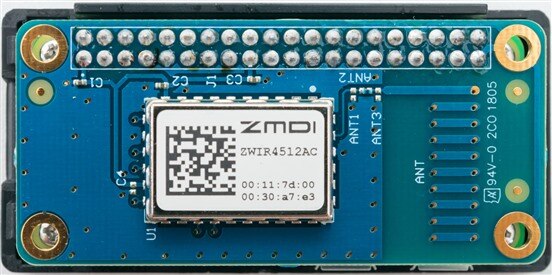
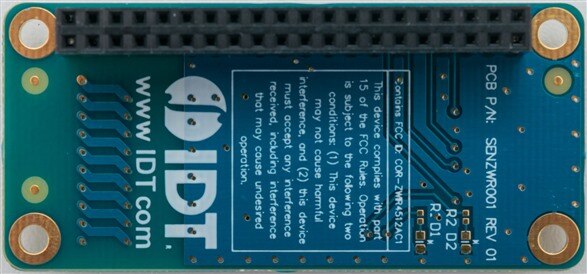
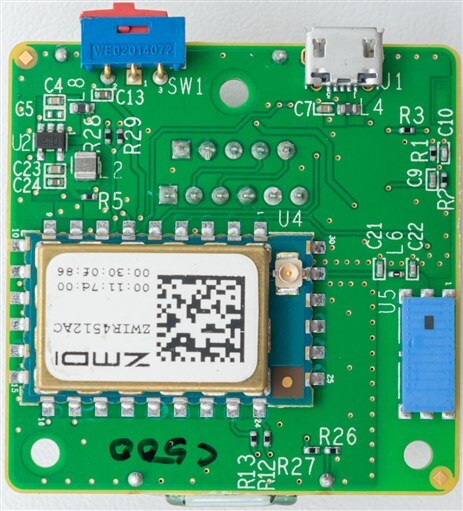
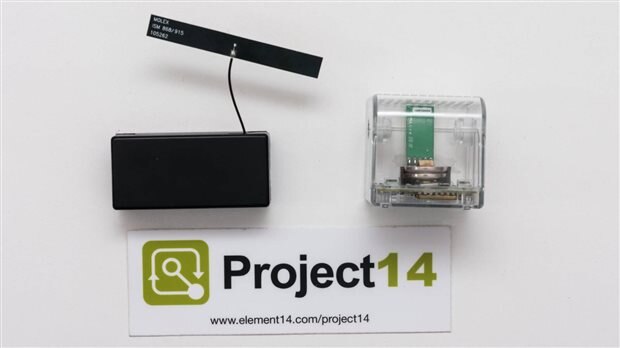
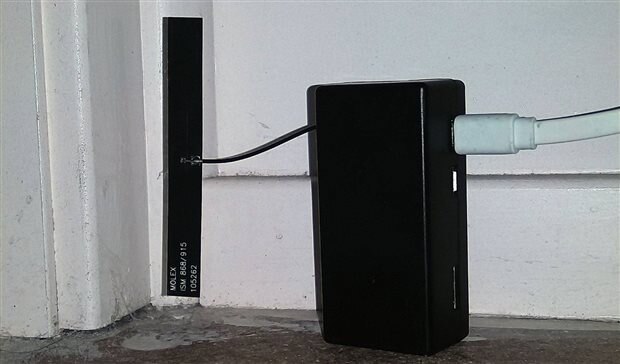
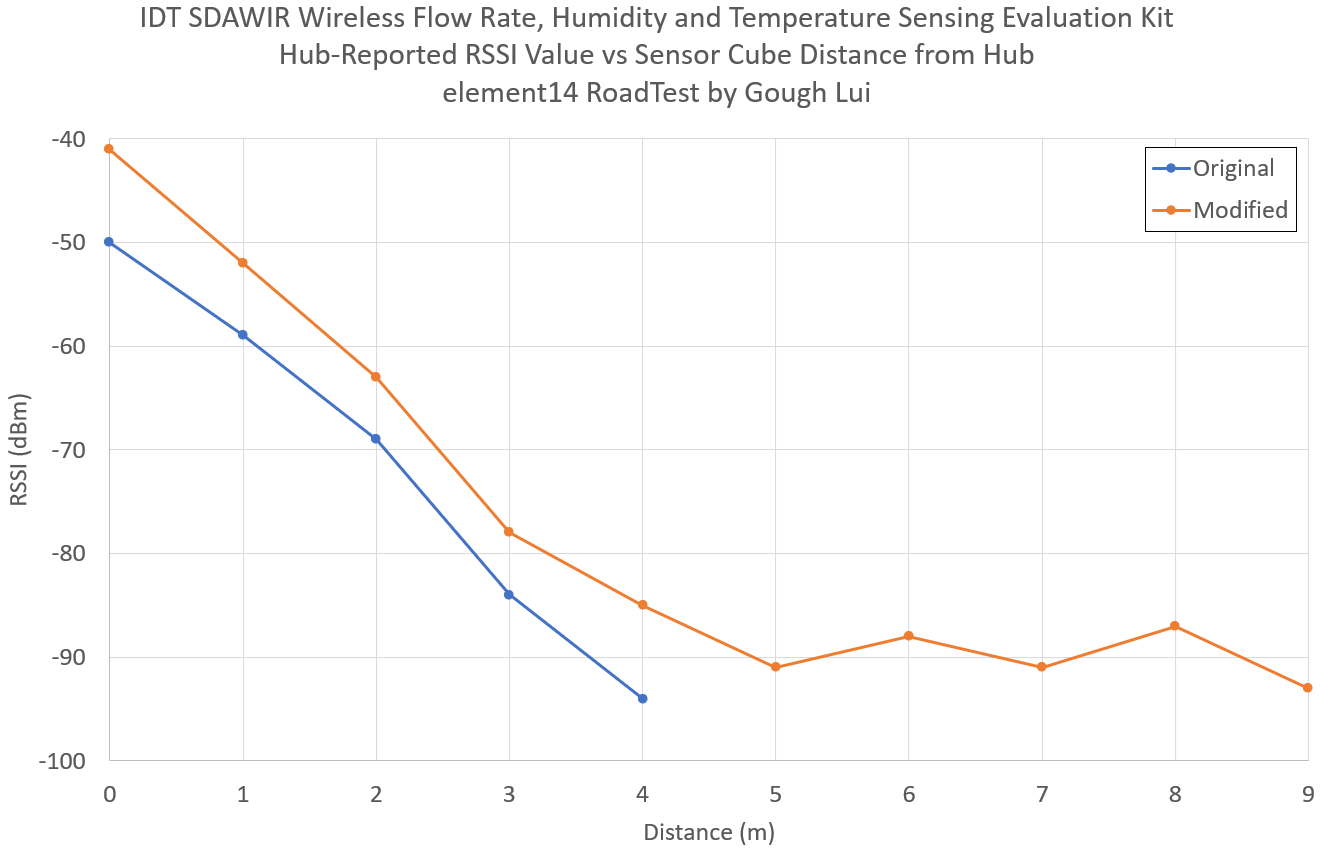
Top Comments